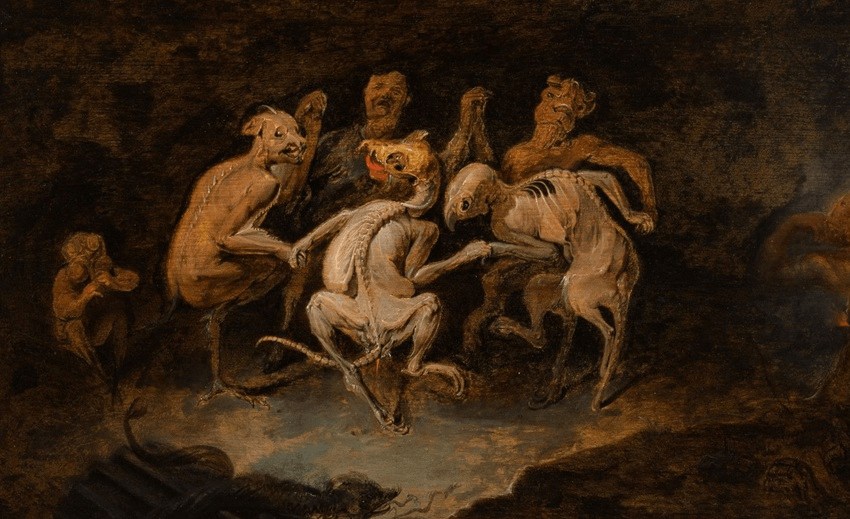The low-down on the lockdown educational TV channels, which launch tomorrow.
We’re still in lockdown, but term two begins this week. What’s the story with the new TV channels?
This week sees the launch of two new television channels dedicated to broadcasting educational programmes for school students during the Covid-19 lockdown.
The first is Home Learning Papa Kāinga TV, which will provide English-language content for early learners, primary and secondary students up to Year 10. The second is Māori Television, which will broadcast te reo Māori content for students, as well as content targeted for Pacific and other communities.
Why do we need them?
It’s part of the government’s emergency $87.7 million initiative to support schools and whānau in distance learning, so students can continue their learning despite any Covid-19 related disruptions. They’re also improving internet access by supplying 2,000 modems to homes, providing around 17,000 devices and sending out hard-copy learning materials.
When can we start watching?
Both Papa Kāinga TV and Māori Television start their educational programming this Wednesday April 15, which is officially the start of term two. Papa Kāinga TV will initially run for one month, with the option of extending, depending on what happens with the lockdown.
Where can we watch?
Both channels are available free-to-air. Papa Kāinga TV will be available on TVNZ2+1, Freeview Channel 7 or Sky Channel 502 between 9am and 3pm every weekday, and also on TVNZOnDemand. Māori Television is available on Freeview Channel 5, Sky Channel 82 and On Demand.
How does this distance-learning malarkey work?
Papa Kāinga TV will cater for different age groups throughout the day, with morning programmes dedicated to pre-schoolers and junior students aged five to eight years, followed by middle-level programmes for kids aged nine to 11, and senior content in the afternoon for students aged 12 to 15 years. Topics include literacy and language, health, science and maths, te reo Māori and Aotearoa history.
Māori Television’s te reo content will support learning at home for tamariki in kōhanga reo, puna reo, kura tuatahi and wharekura. The Ministry of Education website states that Māori Television will screen around 300 hours of educational content for ākonga and whānau over the next 10 weeks.
But I’m a parent, do I need to become a teacher now?
Stand down, put your abacus away. There’s no expectation that parents should transform into teachers during this already stressful time. The Ministry of Education’s website suggests these channels are to support students in learning from home, with programmes aimed at children who “for whatever reason, find it tricky to learn online or don’t have hard-pack learning resources”. Their aim is to “make learning fun and engaging” for everyone stuck at home, while supporting any learning materials whānau might receive from their schools during lockdown.
What shows will be available to watch?
Minister of education Chris Hipkins announced the channels on April 8, so it’s all been pulled together in a matter of day, and specific programming information is understandably a little sparse. New content is being made especially for kids in lockdown, while also including well-known favourites like Fanimals and Maia the Brave. You can check out the first week’s schedule here, but here are a few early highlights:
Parenting with Nathan Wallace: A twice-daily, 10-minute segment led by child development expert and neuroscientist Nathan Wallace.
Early Learning with Karen O’Leary: Wellington Paranormal star and real-life early childhood teacher Karen O’Leary presents a daily 15-minute programme for pre-schoolers.
The return of Suzy Cato: Chris Hipkins was excited to announce Suzy Cato’s involvement with Papa Kāinga TV, and rightly so. If Suzy’s World makes a long awaited return to our screens, please cross all available digits that we’ll get the legendary baked beans poo episode.
Les Mills Born to Move: PE was never like this in my day.
Where can I find out more?
Check out Home Learning Papa Kāinga TV and Ki te Ao Mārama for more information.



